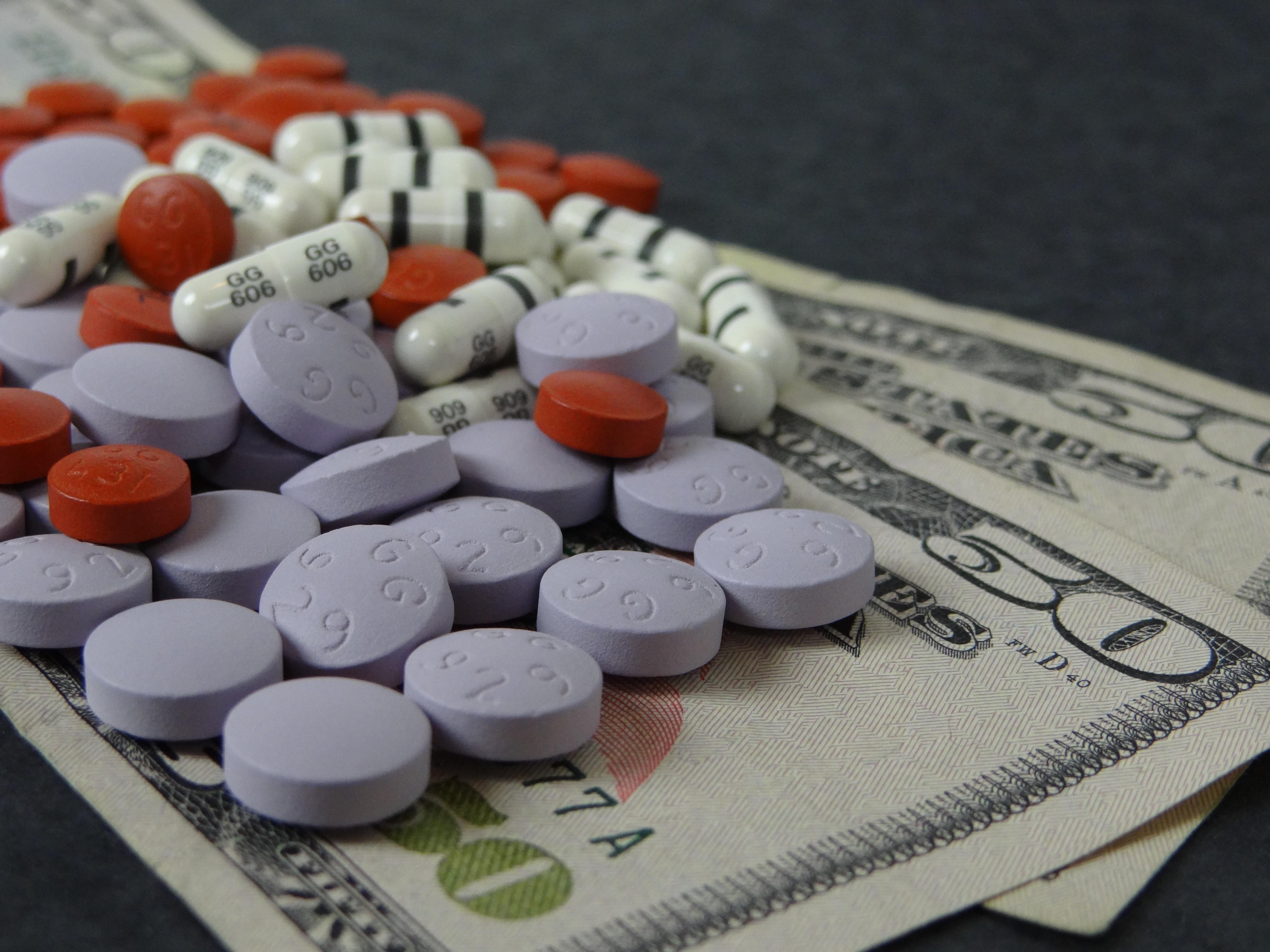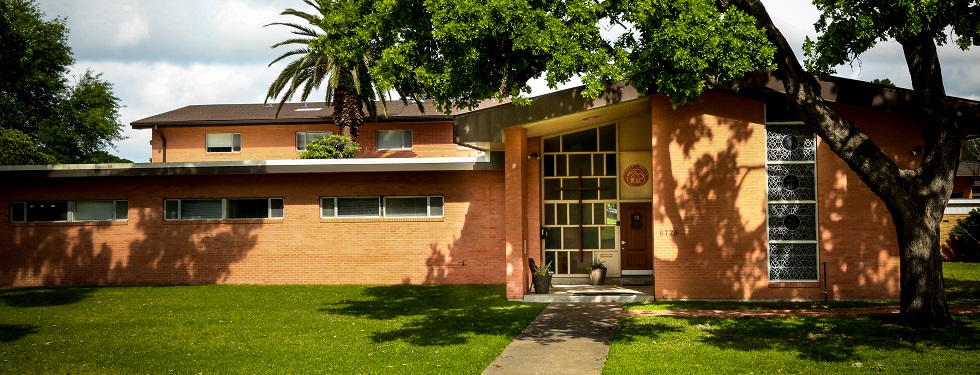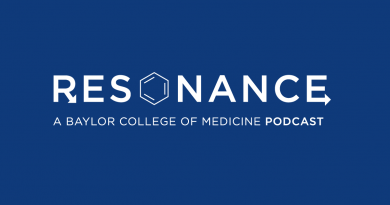The cost of medical innovation

Not long ago, hepatitis C was a haunting virus. Once in the bloodstream, these biological invaders would unleash themselves on the liver and commandeer host machinery, frequently leading to chronic, insidious disease. The infection would first smolder for decades in a cycle of tissue destruction and regeneration, while scar tissue steadily ate away at healthy organ. When the liver could no longer compensate for damage, victims would experience deep confusion, vomit blood, permeate a sickly shade of yellow, and swell with gallons of excess abdominal fluid. For the many who were not fortunate enough to undergo transplantation, the outcomes were death by liver failure or cancer related to the damage.
 In October 2014, we found a silver bullet: Gilead Science’s new drug, “Harvoni” was approved by the FDA for the treatment of the most common and resilient form of chronic hepatitis C infection. It was a combination-antiviral drug that obviated the need for previous treatments that were associated with deterring side effects. Above all else, the clinical data on Harvoni was astounding: three Phase 3 studies demonstrated sustained virologic responses in 92-100% of all patients treated in just 24 weeks or fewer. Scientists are a scrupulous bunch, so I will say what they won’t—Gilead discovered a cure.
In October 2014, we found a silver bullet: Gilead Science’s new drug, “Harvoni” was approved by the FDA for the treatment of the most common and resilient form of chronic hepatitis C infection. It was a combination-antiviral drug that obviated the need for previous treatments that were associated with deterring side effects. Above all else, the clinical data on Harvoni was astounding: three Phase 3 studies demonstrated sustained virologic responses in 92-100% of all patients treated in just 24 weeks or fewer. Scientists are a scrupulous bunch, so I will say what they won’t—Gilead discovered a cure.
The wonder drug comes with a price tag. The cost is set at $1,125 a pill, or what amounts to $94,500 over a typical treatment course. These expenses are prohibitive for many with chronic infection, and both government officials and insurance companies have expressed their displeasure with Gilead. To add to the controversy, private payers are refusing numerous claims and have classified Harvoni as “not medically necessary” for all but those with the most severe forms of late disease, even though the product is federally approved for use in any stage of chronic hepatitis C infection.
How might Gilead justify the seemingly exorbitant cost of its product? If pricing is based on long-term value, there are calculations that approximate the economic burden of liver disease: one study estimated the average annual healthcare costs to be $24,176 for patients with chronic hepatitis C infection, with values closer to $60,000 among patients with end-stage disease. While it may be easy to demonize the pharmaceutical industry, it is important to acknowledge the financial implications of illness and to realize the immense effort involved in moving a successful product through a pipeline. A report from the Tufts Center for the Study of Drug Development indicates that less than 12% of pharmaceutical compounds ever make it to the market, and clinical approval success rates are declining significantly with time. Failures translate to major losses in capital and sometimes even unsustainable cash flow in a competitive global economy. This, however, is clearly not a concern for present-day Gilead: after a recent report of stellar second quarter earnings, no one would argue that the company is struggling to stay afloat.
Innovation still comes with a steep price. For hundreds of years, government patents have provided enormous financial incentive for businesses to innovate. Competition is healthy, but so is the exclusive right to profit from invention. Carried by an array of impressive moves and acquisitions, Gilead currently holds the license for a truly revolutionary medication. These recent operations have helped reinforce an important sentiment: We need companies to take risks and feel like they will be rewarded for them. Lest we forget, pharmaceutical success is often fleeting. While Gilead may own the best hepatitis C drug on the market, they were not first to the scene—in 2011 Vertex released Incivek, the first major, direct-acting antiviral agent against the hepatitis C virus. The company was credited with the fastest drug launch in history (at the time) and quickly collected $1 billion in sales. Then along came Gilead. In just one year, Vertex saw a 96% decrease in sales of Incivek, and the product was eventually discontinued. Even now, a new rival drug produced by AbbVie has started encroaching on Harvoni sales and other companies are scrambling to gain a foothold in the lucrative hepatitis C industry. Whether the competition erupts into a full-fledged pricing war or not, Gilead’s market share is going to decline. Life is short on the top shelf, patents and all.
Despite the need to protect and promote inventiveness, the bottom line for a biotech company is not the same as the bottom line for the healthcare system and the individual who is unable to access life-saving treatment. In a powerful op-ed piece for Forbes magazine, Kaiser CEO Bernard J. Tyson considers the rising costs of “specialty drugs” which are expected to total an astonishing $400 billion by 2020, up from $87 billion in 2012. He mentions the hepatitis C treatments but also cites PCSK9 inhibitors, a novel class of drugs recently approved for the treatment of high cholesterol. Like Harvoni, these medications have an enormous market and are supported by compelling data. Unlike the pill from Gilead, the PCSK9 inhibitors are not curative, and recurring costs may easily spiral out of hand. To add to the healthcare burden caused by specialty drugs, there is also a concerning trend of price markups among older, generic medications. Turing Pharmaceuticals achieved recent notoriety for acquiring Daraprim, an antiprotozoal medication that was approved in 1953, and then increasing its price from $13.50 to $750 per tablet—all without involvement in drug discovery, clinical testing, or previous marketing efforts.
The numbers are astronomical, and Tyson calls for reform. Some steps toward restructuring are already being taken: Pharmaceutical cost transparency bills have been making their way to state legislatures, for instance, as more citizens are demanding accountability from manufacturers. The topic has even made its way into the 2016 Presidential Race, as Democratic candidates Hillary Clinton and Bernie Sanders have both proposed plans to address growing expenses. Physicians are also getting involved. A group of 118 leading oncologists have pushed for a grassroots movement against the soaring costs of cancer drugs, and similar action has been taken in response to the Daraprim price hike.
The emerging sentiment feels confrontational, but this is not a battle of good versus evil. Companies like Gilead will continue to generate enormous financial returns for at least a little while longer, and while we try to unravel the complexity of medical expenses, it may be useful at times to simplify our assessment of price. When we pay industry for a drug, we are typically paying for products that crashed and burned, for a company’s sustainability, for current innovations and those to come. The market moves freely sometimes, as it should, but there are other times when it needs an irritating, backseat driver. Today, we are demanding equal opportunities to healthcare and a more intuitive understanding of the pricing systems that are in place. Let’s just be careful to not sacrifice the cures of tomorrow.


